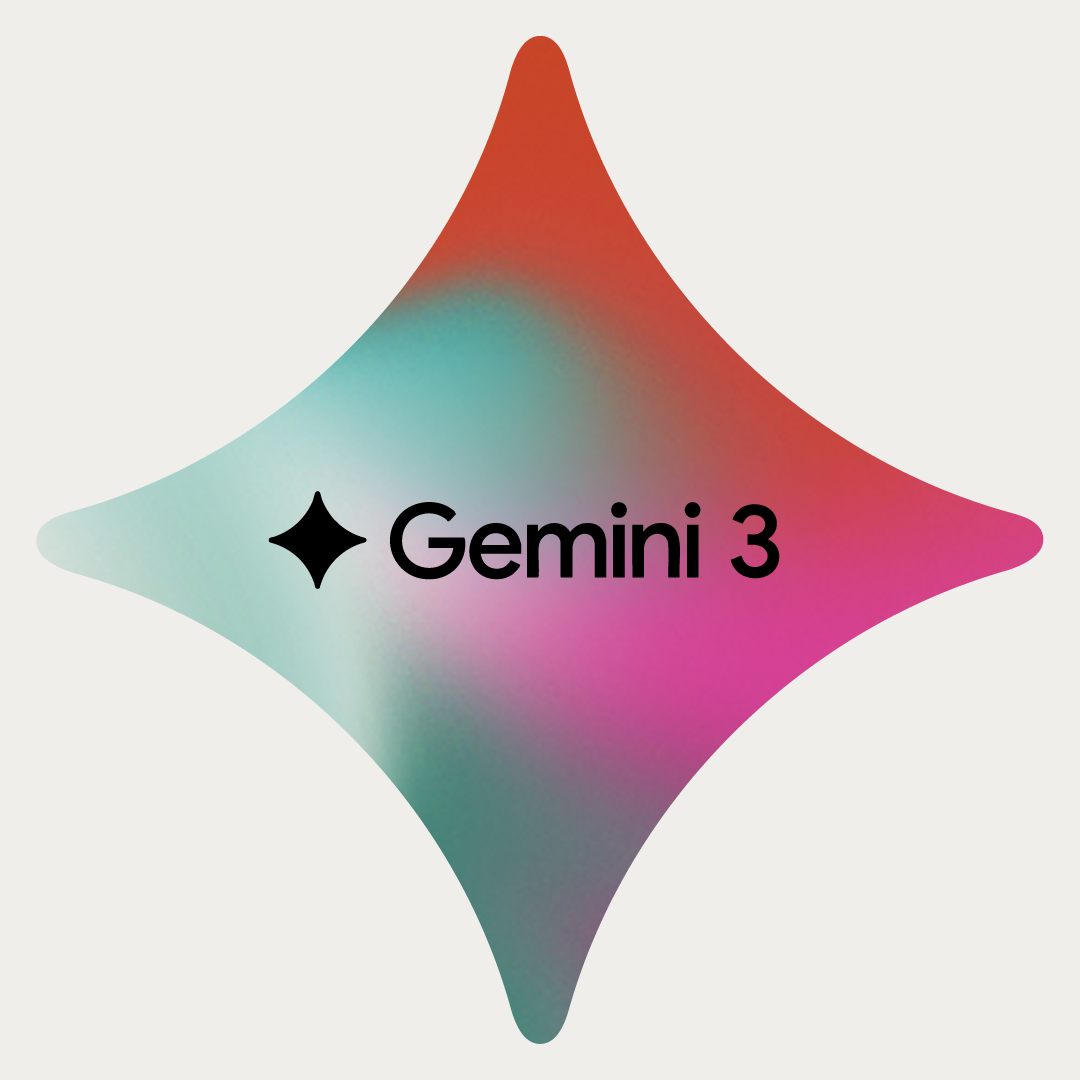As noted in my first #neverbeendone blog post, I’m back to discuss creative executions and media tactics aimed at engaging hard-to-reach audiences.
So what is a hard-to-reach audience? Well, they’re teenagers. Sometimes literally, but more often just figuratively. An audience can be hard to reach for a number of reasons, including:
Lifestyle. Have you heard of these people who don’t sit still? Maybe they’re serial entrepreneurs, small business owners, members of the military, or outdoor adventure enthusiasts. It can be difficult to place advertisements where these people will see them. If a brand passes that first gauntlet, then there’s the challenge of capturing their attention for a meaningful length of time and spurring them to act.
Media habits. Some people don’t read the news, and they don’t have social media accounts. Or both. Or they’re only Reddit users. Or they play gigs with a bunch of different bands and they only care about music, and that’s where most of their discretionary spending goes. Do they even collect their mail?
Disenfranchisement. You’ve probably felt it at one point. For some people, it’s constant. They see people in ads who look like them, but they just … aren’t. So they tune out. But check this, they also tune in. Maybe they’re in the bleachers warming their seats at least 90 minutes before first pitch. Or they organize the block parties. And we’ll bet that their traditional holiday dishes make the holidays. When these people come across a story that sounds, feels and looks like theirs, they’ll tune back in.
Economic circumstances. A person’s financial situation can make it complicated for a brand to build a relationship with them, and this difficulty can happen at either end of the economic spectrum.
- High-net-worth individuals may be voracious consumers of media. They see every advertisement, they’re caught up on all current events, they pay attention to all the labels. But they don’t do their own household shopping, they have luxury brands they love and buy exclusively, and they run all their big purchases through a financial adviser.
- Lower-income individuals can be hard to reach for a different set of reasons. Their access to media matches their ability to pay subscription fees. A blanket geographic media buy won’t work here because they move often in search of higher-paying work. And they may be caring for an aging parent in addition to chasing all the ends to make them meet, and they just don’t have time to engage with marketing messages.
All of these audiences are limited in their ability to see and care about marketing messages. What we have to recognize is the common thread. Every special, hard-to-reach audience is made up of even-more-special, unique humans.
Humans!
So what are we to do about these humans and our desire to connect with them on brands’ behalf? When we really get to know a brand’s hard-to-reach audience(s),we improve the efficacy of creative, media placements and digital executions, all of which translates to better campaign results AND traction against business objectives.
Let’s talk examples.
Hard-to-reach audience: cannabis users. In some states, using marijuana recreationally is legal. In others, it’s not, so this audience is more careful and distrustful than some.
Brand and objective: A government agency, in a state where recreational cannabis use is legal, needs to clearly communicate that driving high is dangerous.
Solution: Recognize that cannabis users are more likely to hear and heed a message from Big Bruh than Big Brother. Cue influencer campaign.
Hard-to-reach audience: people who avoid the dentist. How do we know? They may be purchasing over-the-counter toothache remedies. Or, the signal may be less blaring, like they don’t have dental insurance, or they have Medicaid as their primary insurance.
Brand and objective: A multistate, multisite dental care franchise wants to encourage these people to book an appointment online.
Solution: A warm, friendly, funny (!) campaign that gently persuades people they need to visit the dentist. Then we plan media to meet our audience’s unique behavioral, geographic and time-of-day needs while presenting the brand and its winning features—affordable prices, convenient locations, easy scheduling—and driving traffic to the website. And if people didn’t convert on their first try, we made sure to ever-so-casually (and specifically!) remind them.
Hard-to-reach audience: high-net-worth individuals. But not just any high-net-worth individuals. We’re talking about the ones who don’t (wouldn’t!) drive flashy cars and care more about their family than the numbers in their bank account.
Brand and objective: A financial institution with a powerful suite of wealth generation products needs to get people to reconsider financial services.
Solution: Accurately, emotively tell a story about the layered meanings of legacy, and allow the audience to connect the dots.
Are there more reasons that an audience may be hard to reach or a brand may label them as such? Absolutely. But there’s always a way. Let me know if we can help your team.






